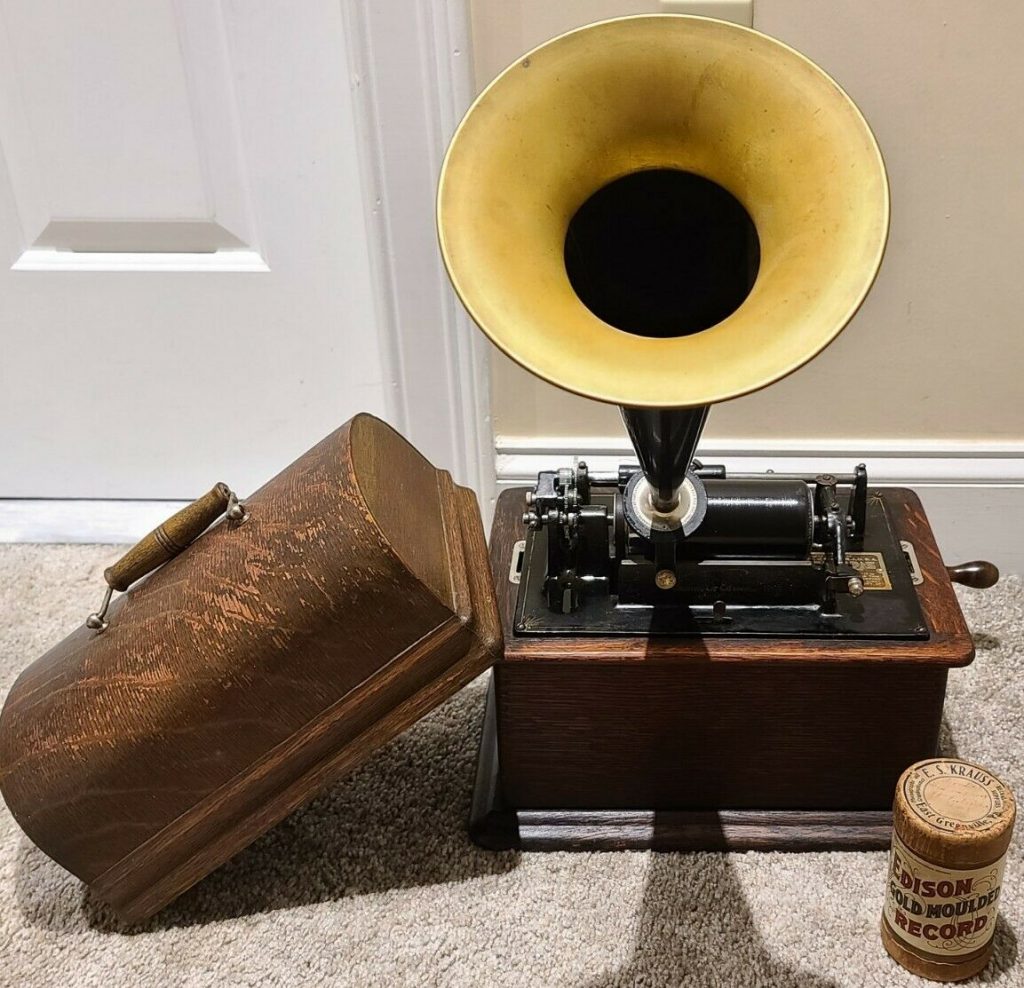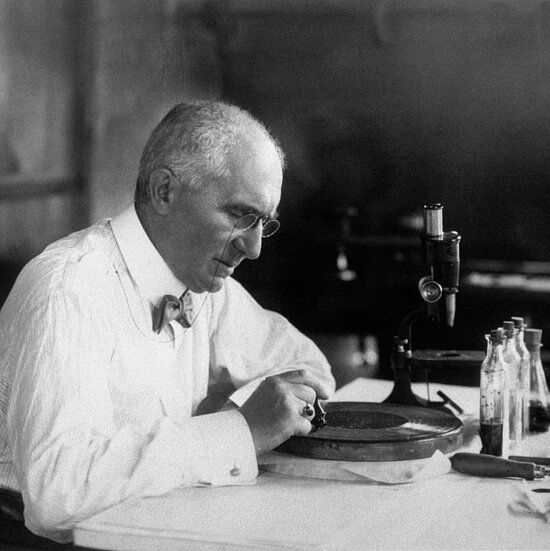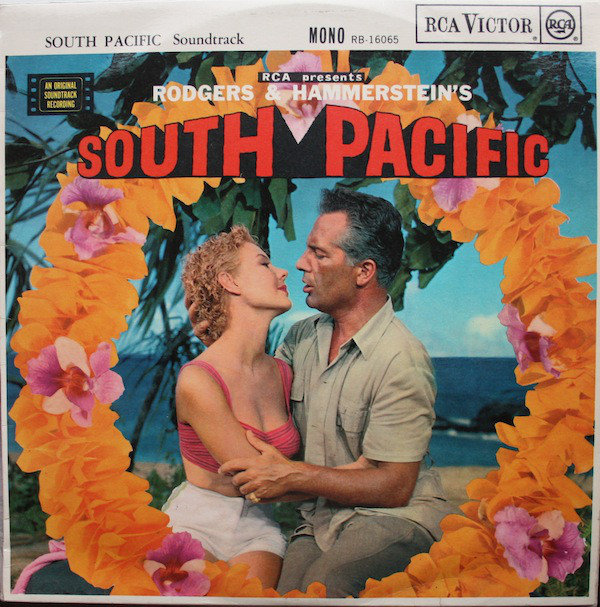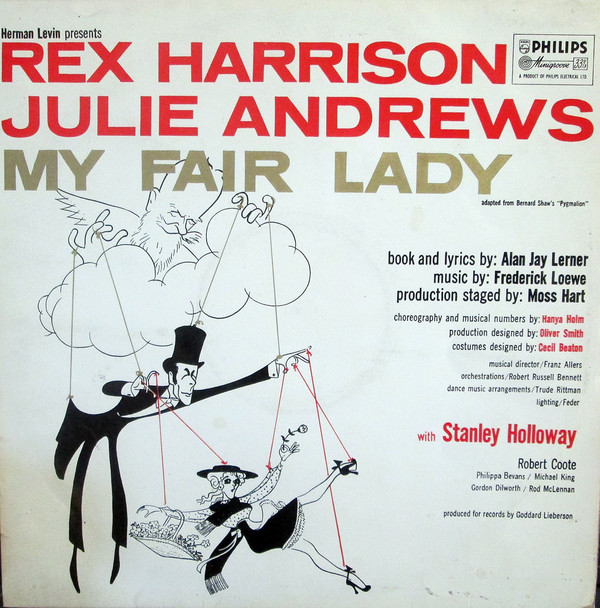The LP or Long Playing Record is the key tenet of how the recording industry grew into what it is today.
By way of introduction to the development of the LP Records we need to consider the first devices that held pre-recorded music, these were Player Pianos. These devices sat in many saloons, theatres, pubs, restaurants and the homes of the rich. They amazed their owners and patrons with their automated Piano playing. The devices featured large rolls of punched paper that acted like a “programme”, sitting on a drum they served as the storage media for peoples favourites tunes, guiding the machinery inside the devices on what notes to play. The system did though prove troublesome and unreliable, being delicate and prone to jams and rips.
Though not capturing the full nuance and sensitivity of human piano playing Player Pianos were popular and fed a desire for recorded music.


With the industrial revolution in full swing and a growing middle class the appetite for technology and entertainment grew, feeding that appetite in 1877 was Thomas Edison. He invented a pre-recorded sound system principally for use in the home which comprised of a wax cylinder. In similar style to the Player Piano this drum mechanism featured a mechanical windup motor that turned the cylinder picking up grooves in the wax to produce sounds amplified through the now familiar acoustic horn. There were many similar systems vying for receptive ears at the time and of course none were compatible with each other!

With the thirst for recorded music increasing a bright inventor stepped into the race in 1888 with an inspired and timeless design, that inventor was Emile Berliner. Berliner noted the limitations the cylinders design came with which included quality issues and difficulty of manufacture. Berliner eventually opted for a flat disc design reaping the benefits of space saving this afforded combined with greater information storage. The grooved discs with their spiral pattern were to say the least an inspired and exceptional idea.

Berliner used Shellac as a material to produce his discs this later become the Vinyl we all know and love. A lump of Shellac was used forming the A and B sides of the disc. This lump was pressed between two plates which acted as the master template driving the grooves into the Shellac discs.
These discs have transcended time evolving into Vinyl Records and of course CDs and DVDs.
The evolution from these Shellac discs into the Long Playing (LP) Vinyl record occurred on 27th February 1946, being produced at the CBS factory and laboratory. The LP undertook two further years of development as the boffins at CBS perfected the technique for producing records, improving the production and processes to develop the best quality sound. The first LPs were released to the public in Christmas of 1948. LPs were a huge improvement over Shellac records with amazing dynamic ranges and fidelity previously unexperienced by the buying public.
Engineers like Peter Bartok continued to push the technology to better levels of quality, with crisper and wider ranges being developed. Engineers were constantly furthering the boundaries of development and wilfully shared their findings helping to elevate the record producing industry to the highest levels of quality.

Developments such as the Hot Stylus pushed LP records to the edge of the possible. This process used a tungsten wire similar to the filament in light bulb technology. This wire formed part of the stylus with electric current running through it allowing the stylus to cut a smoother groove through the acetate coated disc leading to much quieter master discs.
Other advances in the technology included increasing the length of the Long Play record. This process involved utilising a playback advance head. This system anticipated loud sections in the music by advanced reading of the music. This enabled a widening of space of adjacent grooves to compensate for the loudness thereby optimising the use of groove space.
The Music and Entertainment industry were not slow to benefit from the capability of Long Playing technology with Theatres and Broadway shows launching ground breaking releases on the media such as South Pacific and My Fair Lady.


The versatility and robustness of the LP offered expansive and unprecedented growth of the Music and Recorded word industry. Never before had such a utilitarian sound recording product ever been available to people. This drove exponential growth in the Independent Label sector of the record industry. With a cheap to produce media available to them they were brave in the production and depth of repertoire. As a result the LP captured a massive range of artists, tastes and genres that would send the record business into stratospheric levels of growth.
And the rest folks as we know is history. The LP record is of course still with us today with many artists still releasing on the format and a growing appreciation among the young of what Vinyl Records have to offer. 12 Inch Vinyl Records and indeed 7 Inch Vinyl Records are as popular as ever. Just visit your nearest records fair to see the enthusiasm, diversity and clamour of the buyers. As an investment choice they are a sound move, as a collectors hobby they represent countless hours of pleasure and as a method for consuming music they show no sign of leaving the stage just yet!
You can find our selection of music for sale here – Used CDs, Used Records, New Vinyl Records, New CDs, 7 Inch Records, 12 Inch Records and LP Records.
For more Record articles try these: 45 Records Guide, UK Capitol 45 Record Labels Archive, What Vintage Vinyl Records Are Worth Money? or Collectors Guide To Building a Vinyl Record Collection.

